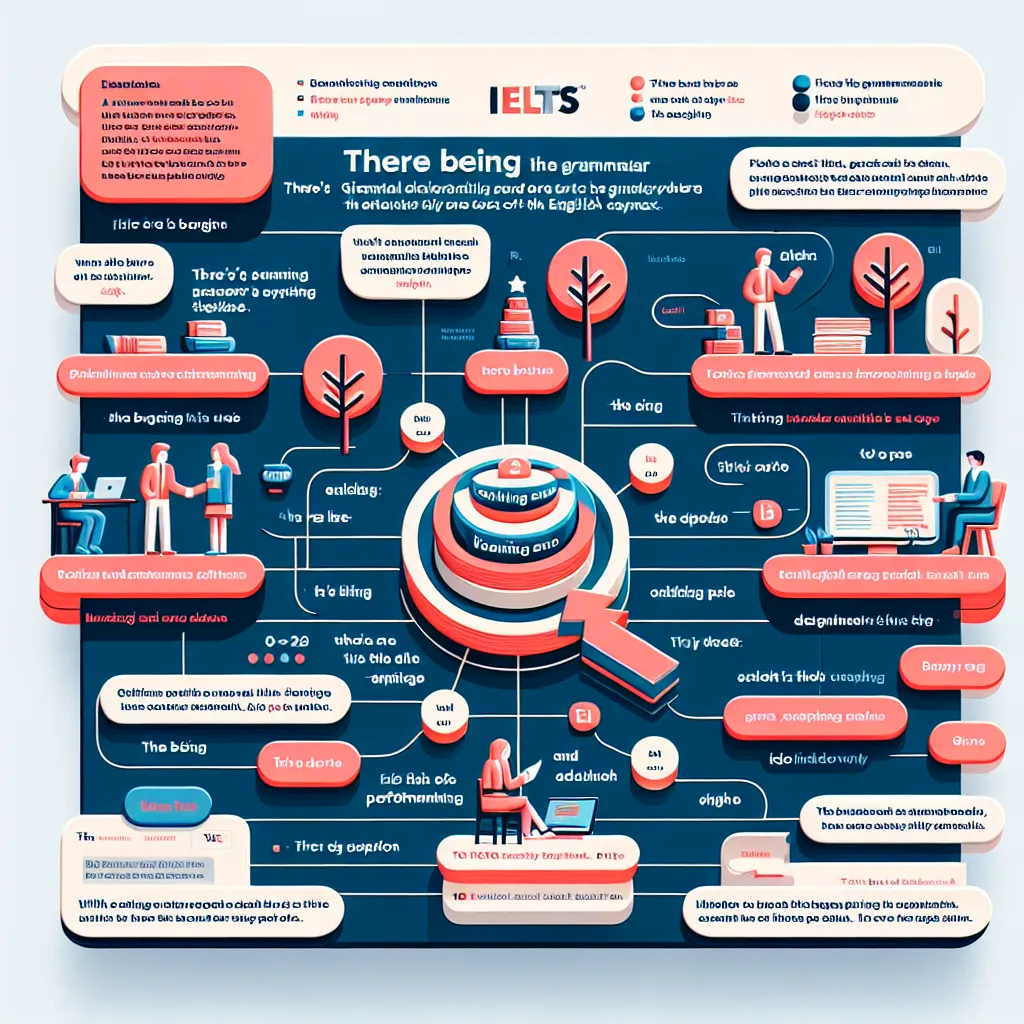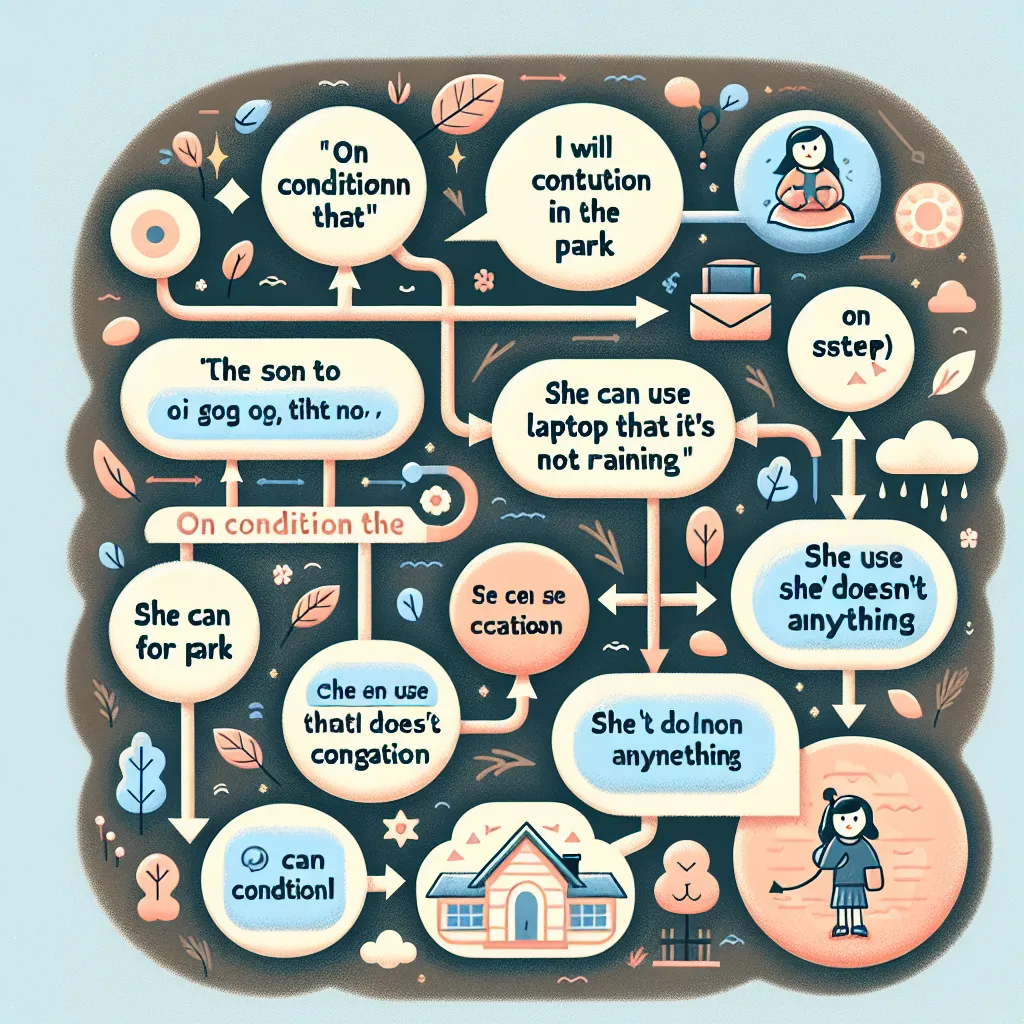The phrase “There is a tendency for + noun” is a powerful construction that IELTS candidates can utilize to discuss trends and patterns in various contexts. This structure is particularly useful in the Writing and Speaking sections of the IELTS exam, allowing test-takers to express observations about general tendencies in society, economics, or any other field of study.
Nội dung bài viết
- Understanding the Structure and Its Significance in IELTS
- Grammatical Formula and Usage in IELTS
- Application in IELTS Writing Task 1
- Application in IELTS Writing Task 2
- Sample Paragraphs Utilizing the Structure
- Task 1 Sample (Graph Description):
- Task 2 Sample (Essay on Education):
- Strategies for Achieving Higher Band Scores
- Common Mistakes to Avoid
- Conclusion
Understanding the Structure and Its Significance in IELTS
The phrase “There is a tendency for + noun” is composed of:
- “There is” – an existential clause
- “a tendency” – indicating a general direction or inclination
- “for” – a preposition linking the tendency to its subject
- “noun” – the subject of the tendency
This structure is valuable in IELTS as it allows candidates to:
- Introduce trends or patterns
- Discuss general observations
- Present statistical information in a more general way
- Demonstrate advanced language use
Let’s examine some examples of how this phrase can be used in different IELTS contexts:
- “There is a tendency for young people to spend more time on social media than older generations.”
- “In developing countries, there is a tendency for rural populations to migrate to urban areas in search of better opportunities.”
- “There is a tendency for companies to outsource their manufacturing processes to countries with lower labor costs.”
- “In recent years, there is a tendency for consumers to prefer eco-friendly products over traditional alternatives.”
- “Among university students, there is a tendency for procrastination to increase as exam periods approach.”
 Illustration of various tendencies
Illustration of various tendencies
Grammatical Formula and Usage in IELTS
The basic formula for this structure is:
There is a tendency for + [noun/noun phrase] + to + [verb in base form]
This construction can be modified to fit various contexts and tenses:
- Present tense: “There is a tendency for…”
- Past tense: “There was a tendency for…”
- Future tense: “There will be a tendency for…”
- Present perfect: “There has been a tendency for…”
Application in IELTS Writing Task 1
In Task 1 of the IELTS Writing exam, this phrase can be particularly useful when describing trends in graphs or charts. For example:
“According to the line graph, there is a tendency for coffee consumption to increase during the winter months, with a peak in December.”
This sentence effectively summarizes a trend without needing to provide specific data points, which is often appropriate in overview statements.
Application in IELTS Writing Task 2
For Task 2 essays, this structure can help introduce general observations or support arguments. Consider this example in an essay about environmental issues:
“In industrialized nations, there is a tendency for governments to prioritize economic growth over environmental protection, leading to long-term ecological damage.”
This statement presents a complex idea succinctly, demonstrating advanced language use and critical thinking.
Sample Paragraphs Utilizing the Structure
Let’s examine how we can incorporate this phrase into longer passages for IELTS Writing tasks:
Task 1 Sample (Graph Description):
“The graph illustrates the changes in transportation preferences in a major city over a 30-year period. Overall, there is a tendency for public transport usage to increase, while private car use shows a declining trend.
In 1990, private car use was at its peak, with approximately 70% of commuters choosing this option. However, there was a tendency for this percentage to decrease steadily over the years, reaching about 40% by 2020. Conversely, there is a tendency for bus and train usage to rise, with both modes of transport seeing significant increases. Bus usage grew from 15% to 30%, while train usage increased from 10% to 25% over the same period.”
Task 2 Sample (Essay on Education):
“In recent years, there has been a tendency for educational institutions to incorporate more technology into their teaching methods. While this shift brings numerous advantages, it also presents certain challenges that need to be addressed.
On the positive side, there is a tendency for technology integration to enhance student engagement and provide access to a wealth of information. Interactive whiteboards, educational apps, and online resources have revolutionized the classroom experience, making learning more dynamic and accessible. Moreover, there is a tendency for students who use technology regularly to develop better digital literacy skills, which are increasingly crucial in today’s job market.
However, there is also a tendency for over-reliance on technology to negatively impact certain fundamental skills. For instance, there is a tendency for students who heavily depend on calculators to struggle with basic mental arithmetic. Similarly, there is a tendency for excessive screen time to affect students’ ability to concentrate on longer texts or engage in deep, critical thinking.”
Strategies for Achieving Higher Band Scores
To achieve higher band scores in IELTS, it’s crucial to use this structure accurately and appropriately. Here are some strategies:
-
Vary your language: While “There is a tendency for” is useful, also consider synonymous phrases like “There is a trend towards,” “It is increasingly common for,” or “There is a growing inclination for.”
-
Use appropriate collocations: Ensure that the nouns and verbs you use with this structure are natural collocations. For example, “There is a tendency for prices to fluctuate” sounds more natural than “There is a tendency for prices to jump.”
-
Incorporate complex ideas: Use this structure to introduce sophisticated concepts. For instance, “There is a tendency for economic inequality to exacerbate social tensions” demonstrates a high level of analysis.
-
Maintain accuracy: Ensure that you use the correct form of the verb following the structure. It should always be in the base form (e.g., “to increase,” not “increasing”).
-
Support with evidence: After using this structure, provide specific examples or data to support your statement, demonstrating critical thinking and thorough analysis.
Common Mistakes to Avoid
When using “There is a tendency for + noun,” IELTS candidates should be aware of these common errors:
-
Incorrect verb form:
- Incorrect: “There is a tendency for people choosing unhealthy food.”
- Correct: “There is a tendency for people to choose unhealthy food.”
-
Omitting “for”:
- Incorrect: “There is a tendency
companiesto outsource jobs.” - Correct: “There is a tendency for companies to outsource jobs.”
- Incorrect: “There is a tendency
-
Using with specific data:
- Less appropriate: “There is a tendency for 75% of students to prefer online classes.”
- Better: “75% of students prefer online classes.”
-
Overuse:
- Avoid using this structure multiple times in close proximity. Vary your language to maintain engagement and demonstrate a wide vocabulary.
-
Incorrect subject-verb agreement:
- Incorrect: “There are a tendency for prices to rise.”
- Correct: “There is a tendency for prices to rise.”
Conclusion
Mastering the use of “There is a tendency for + noun” can significantly enhance your IELTS Writing and Speaking performances. This structure allows you to discuss trends and patterns effectively, demonstrating sophisticated language use. Remember to practice using this phrase in various contexts, always ensuring grammatical accuracy and appropriate application.
To further improve your skills, try incorporating this structure into practice essays on topics like technological advancements, global economic trends, or changing social norms. By doing so, you’ll become more comfortable with its usage and be well-prepared to employ it effectively in your IELTS exam.
For more insights on improving your IELTS performance, you might find these articles helpful:


